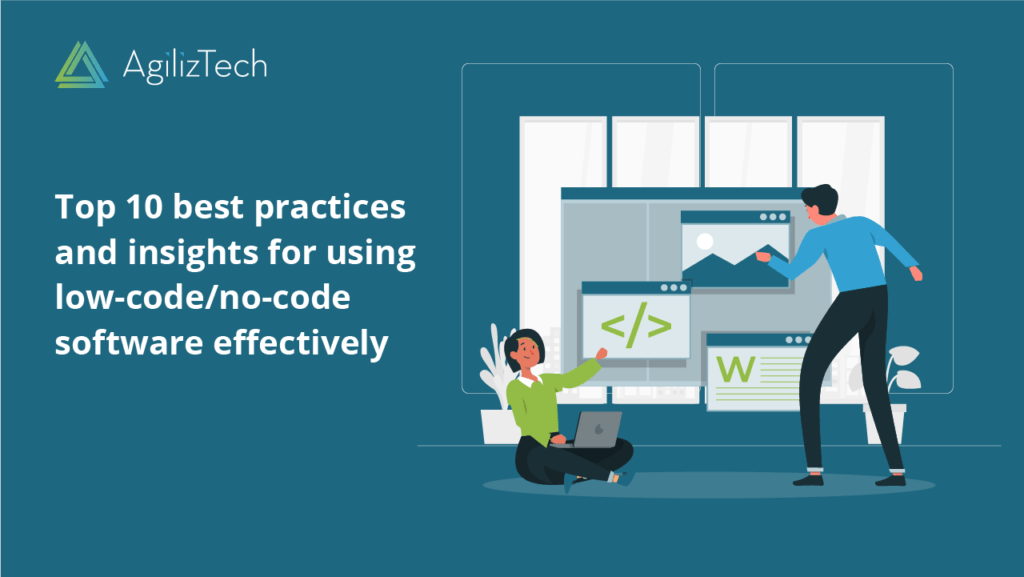Low-code/no-code software has become increasingly popular in recent years as it allows users to create and deploy software applications without the need for extensive coding knowledge. However, in order to use these tools effectively, it’s important to follow certain best practices and insights. Here are 10 best practices and insights to consider when using low-code/no-code software:
1. Understand the limitations:
While low-code/no-code software can make application development faster and more accessible, it may still have limitations in terms of functionality and scalability. Make sure to understand the limitations of the platform you’re using and plan accordingly.
2. Start small:
When starting to use a low-code/no-code platform, it’s a good idea to begin with small, simple projects to get a feel for the platform and how it works. This will help you build up your proficiency before tackling more complex projects.
3. Be familiar with the underlying technology:
Even though you’re using a low-code/no-code platform, it’s still important to have a basic understanding of the underlying technology. This can help you better understand how the platform works and make more informed decisions about how to use it.
4. Understand the data model:
Familiarize yourself with the platform’s data model and how data is organized and stored. This will allow you to make better use of the platform’s features and avoid common data-related issues.
5. Create modular and reusable components:
Make use of the platform’s features to create reusable components that can be used across multiple projects. This will help reduce development time and increase consistency across projects.
6. Make use of pre-built templates and modules:
Many low-code/no-code platforms come with pre-built templates and modules that can be used to speed up development. Make use of these to speed up development and reduce the time required to build complex applications.
7. Understand the limits of the visual interface:
While the visual interface of low-code/no-code platforms can be intuitive, there may be limits to what you can do with it. Understand these limits and be prepared to switch to a more traditional development environment when necessary.
8. Stay up to date with new features:
Low-code/no-code software platforms are constantly evolving, and new features and functionalities are frequently added. Stay up to date with these changes to ensure you’re making the most of the platform’s capabilities.
9. Test and debug frequently:
Low-code/no-code platforms make it easy to make changes and iterate quickly, but this also means that it’s easy to introduce bugs. Make sure to test and debug your applications frequently to catch any issues early.
10. Don’t over-reliance on the platform:
While low-code/no-code software can make development faster and more accessible, it’s not a panacea. Understand when to use it, and when not to use it. And don’t hesitate to ask for help from experts when necessary.
In conclusion, low-code/no-code software can be a powerful tool for creating and deploying software applications quickly and efficiently. However, in order to use these tools effectively, it’s important to follow best practices such as clearly defining the problem or need, involving key stakeholders, and focusing on user experience. Additionally, it’s also important to keep in mind insights such as the importance of automation and the role of low-code/no-code in driving efficiency. By following these best practices and insights, you can ensure that your organization is able to fully leverage the benefits of low-code/no-code software.
